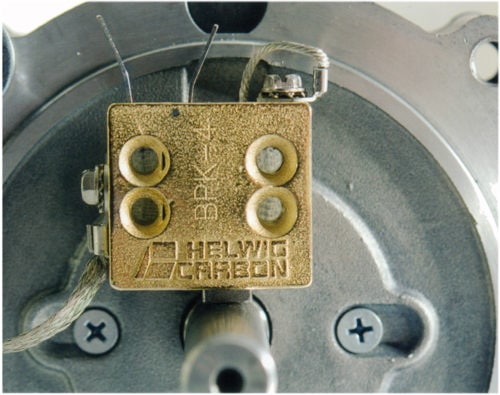I had a walnut bowl/platter that I was working on and was applying a wax finish because I hadn't for a while. Was using EEE paste and was wiping it off with my right hand with my left hand resting on the headstock.
First time I thought I'd hit a metal splinter with my left index finger so I got to looking and there was a minuscule spot of paint that had been knocked off somehow and when my finger touched it I was getting shocked. Shut everything down and started looking at all the wires and the plugs and the light sitting on top. Nothing. Called a buddy who is retired from ameren (local power company) and he said sounded like static electricity generated by the spinning wood to him since I wasn't blowing a breaker or anything and my outlet was installed by a licensed electrician.
And sure enough the only way I was able to duplicate it was by having the bowl spinning with dry wax on it and touching it with my right hand and then tapping my left fingers on that little spot of missing paint. If I didn't touch the bowl or the wax was wet, no shock anywhere else. And after he said that about static electricity I thought yeah it did feel kind of like that. Pretty strong though but it wasn't like what the 220 would have done.
Probably would have just went to ground except I had my OSHA approved crocs on.........
Is this pretty common or should I call B.s. and keep looking?
First time I thought I'd hit a metal splinter with my left index finger so I got to looking and there was a minuscule spot of paint that had been knocked off somehow and when my finger touched it I was getting shocked. Shut everything down and started looking at all the wires and the plugs and the light sitting on top. Nothing. Called a buddy who is retired from ameren (local power company) and he said sounded like static electricity generated by the spinning wood to him since I wasn't blowing a breaker or anything and my outlet was installed by a licensed electrician.
And sure enough the only way I was able to duplicate it was by having the bowl spinning with dry wax on it and touching it with my right hand and then tapping my left fingers on that little spot of missing paint. If I didn't touch the bowl or the wax was wet, no shock anywhere else. And after he said that about static electricity I thought yeah it did feel kind of like that. Pretty strong though but it wasn't like what the 220 would have done.
Probably would have just went to ground except I had my OSHA approved crocs on.........
Is this pretty common or should I call B.s. and keep looking?


